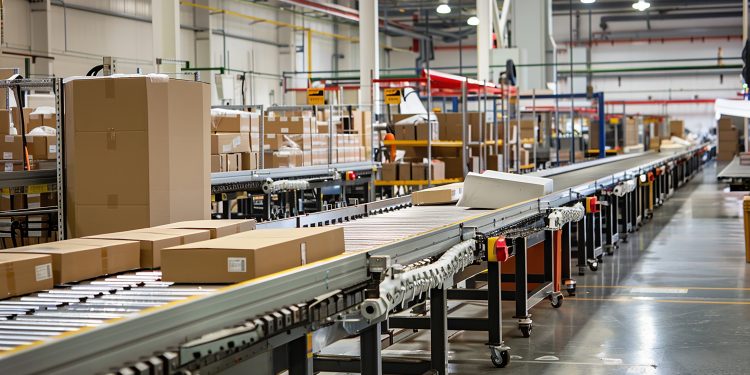Maintaining Your SLAM Equipment

A series of equipment makes up your automated SLAM line. Here’s how to keep it in shape.
The final 100 feet of your warehouse operations is one of the most important sections when it comes to getting orders out the door on time and error free. One of the best ways to accomplish that is with automated scan, label, apply and manifest (SLAM) equipment. But like all automation, keeping your SLAM in order means staying on top of maintenance.
While the concept of a SLAM line is relatively simple, it’s important to keep in mind that it’s a series of pieces of equipment, and each may come from a different manufacturer. Think of your car—it’s a whole of many different parts, made by many different manufacturers. The same applies to SLAM lines.
Maintaining your SLAM equipment may happen on site with our maintenance team or equipment partner, or in some cases today, remotely. Many OEMs can now achieve remote access into your equipment, so that help and a solution might be as easy as a log in to a manufacturer’s website. From there, working alongside your maintenance team, they can trouble shoot the issue and hopefully make the necessary fixes.
In terms of what an on-site maintenance team might look like, that will vary from one facility to the next. For smaller companies or those just getting into the automation game, there might be a dedicated person for maintenance—or they may rely on their OEM partner. For larger facilities with a good deal of automation, an on-site team may be available to work on SLAM equipment issues.
If you find yourself in the new-to-SLAM or automation bucket, it’s ok not to have that dedicated team. Most of the equipment is relatively simple to fix with the help of a remote OEM partner. The components generally work well in conjunction with each other, and issues are relatively rare. The tools needed to repair issues that do arise tend to be basic and simple, as well.
In the case of SLAM equipment, one of the most common problems you’ll face is a sensor coming out of alignment. For instance, if a forklift bumps a sensor along the conveyor in the SLAM area, the “eye” may become misaligned and not be able to do its job.
All that said, there is some regular maintenance involved with SLAM equipment in order to prevent future problems. Weekly and monthly maintenance should be all you need, and that’s often focused on the print/apply components, which can get slowed down by the adhesives on the back of labels.
A good practice is to keep spare parts on hand for your SLAM line. Even if you had to wait overnight for a delivery, you could experience delays in your operations. With spare parts on hand, you’re well equipped to deal with any issues that may arise, preventing downtime.
Automated SLAM lines are a worthwhile investment. Keep them running with maintenance best practices.
To learn more about MHI’s SLAM industry group: www.mhi.org/slam
More information about Scanning, Labeling, Applying, Manifesting:
Change Management on the SLAM Line
Monitoring Sensors on the SLAM Line for Trouble
SLAM Solutions in the Pharmaceutical Industry
Order Personalization with SLAM
How SLAM Can Help with Returns



